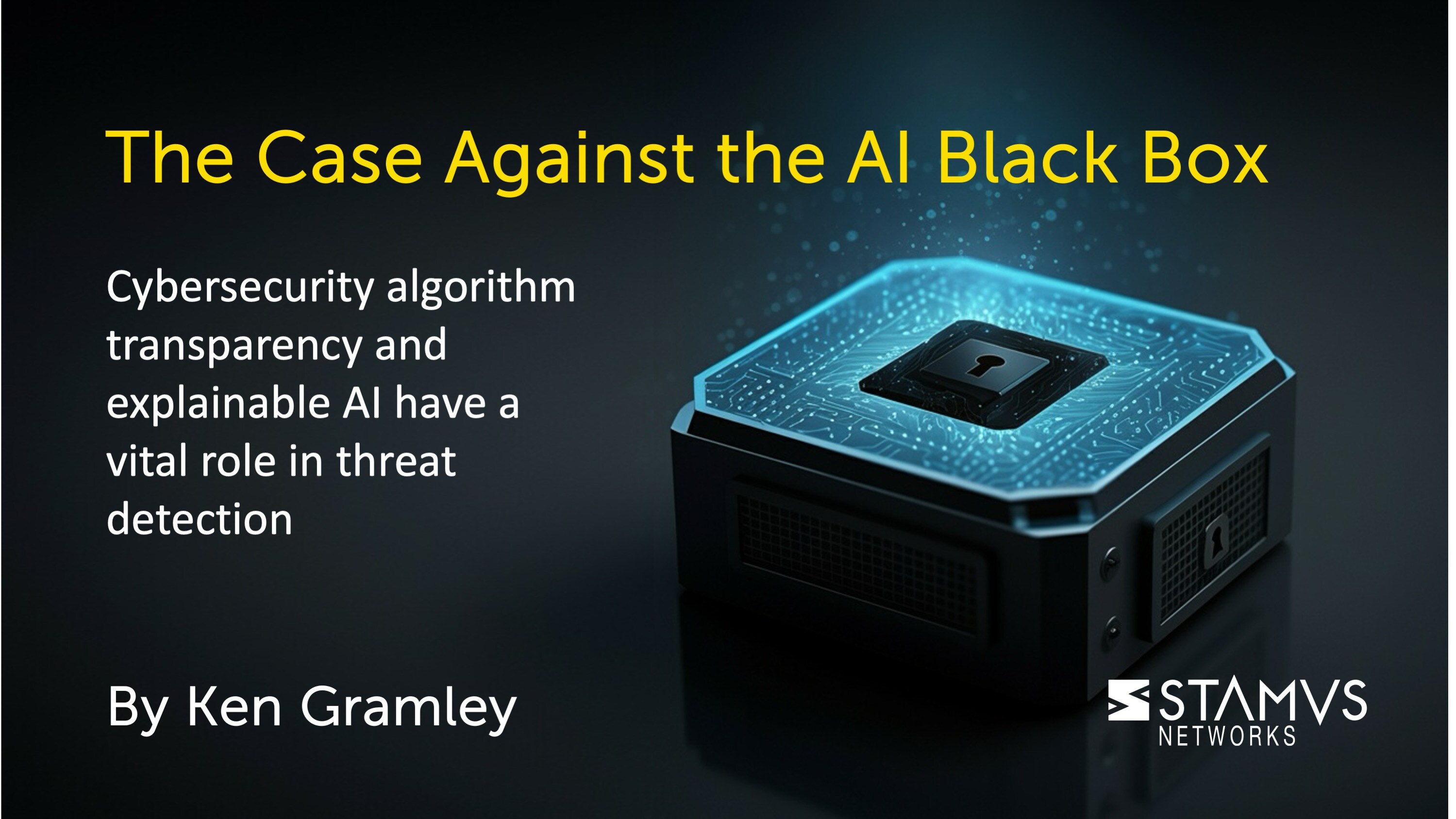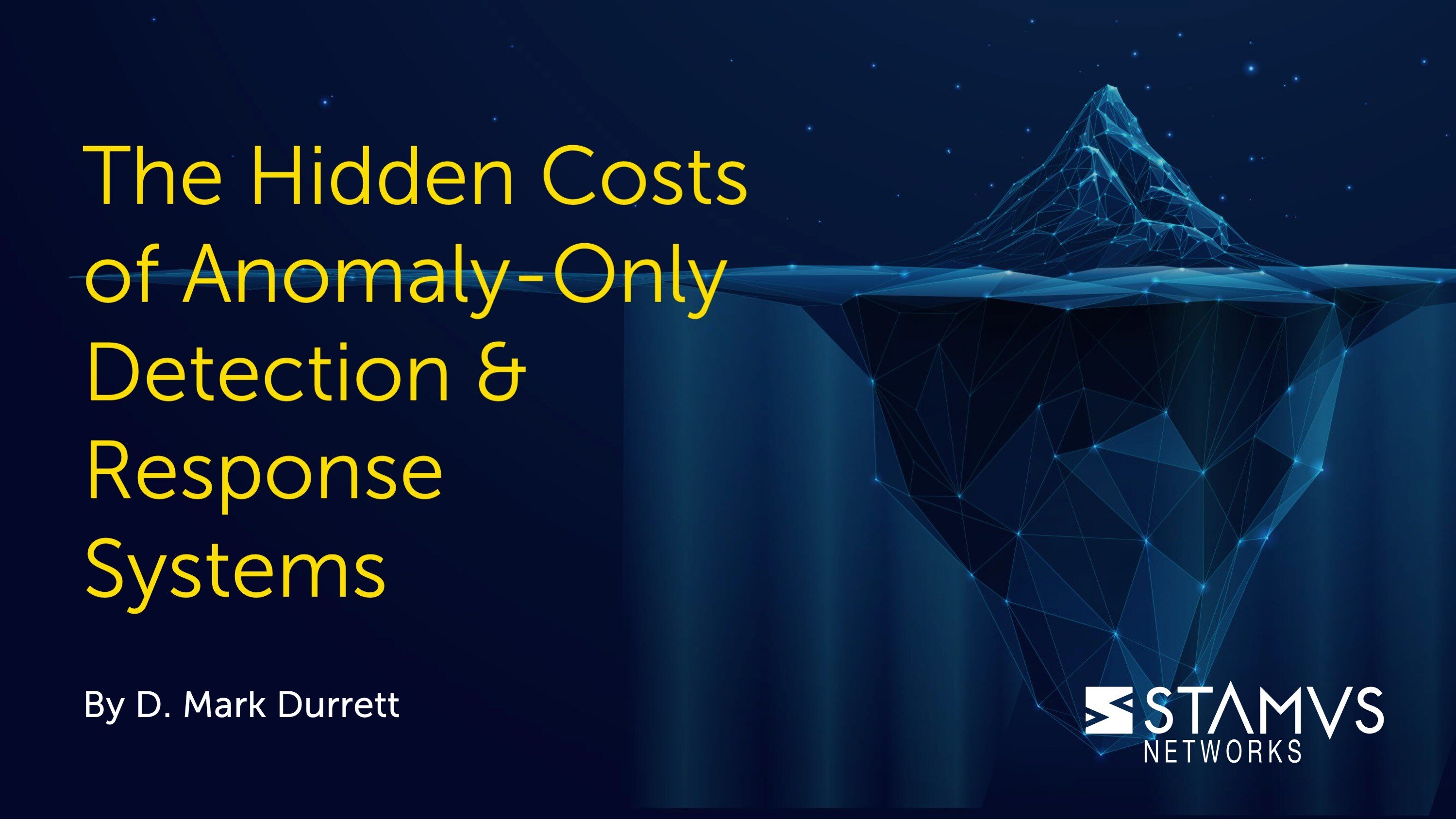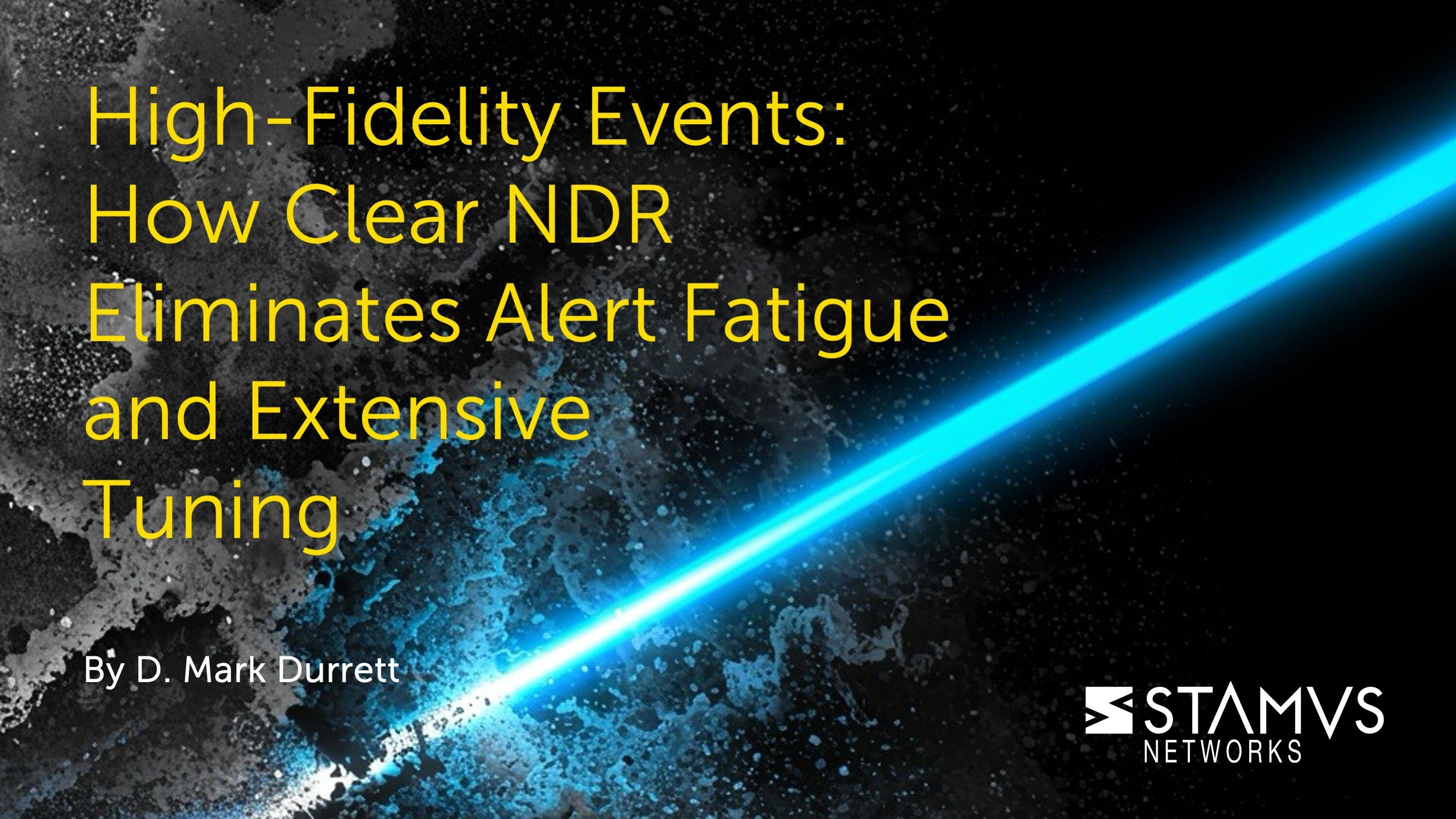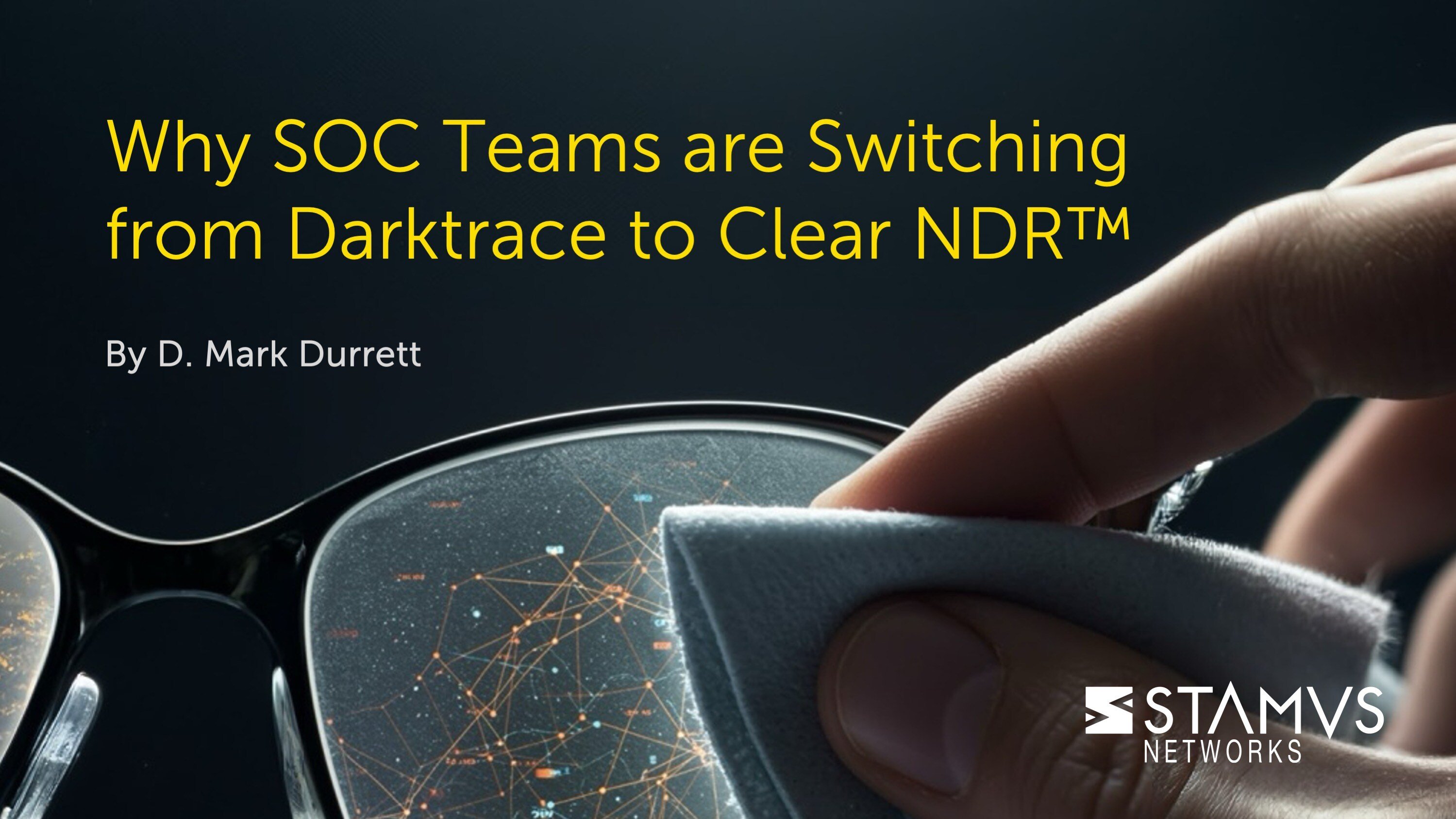NOTE: The following article was originally published 20 December 2024 on aibusiness.com
For years, cybersecurity was largely based on some level of blind faith. Enterprises selected vendors and were asked to trust how their technology worked without really seeing or understanding how it operated — the traditional “black box” model. The closed and opaque nature of artificial intelligence (AI) not only follows this model but also has the potential to exacerbate the black box situation to the point where enterprises would not fully know how their network and business assets are being protected.
Simultaneously, the demand for visibility in cybersecurity tools has never been more pressing. Following recent high-profile outages caused by cybersecurity software, organizations no longer want to simply trust black box defenses. They demand better visibility, deeper knowledge and more control — especially as AI takes a more prominent role in threat detection.
Spotlight on AI in Threat Detection
In the realm of threat detection, AI has already begun playing a crucial role in aggregating source data as well as conducting multi-source analysis through data lakes, security information and event management (SIEM) systems and extended detection and response (XDR) platforms. Additionally, generative AI holds promise for defenders to query this data in ways that can identify new indicators of compromise (IoCs) and tactics, techniques and procedures (TTPs).
However, the lack of transparency inherent in current AI implementations presents significant practical challenges. This is a fundamental issue that must be addressed to build trust in AI-powered network detection and response tools.
As Gartner noted in its December 2023 report, Emerging Technologies: Why Product Leaders Should Address the Explainable Artificial Intelligence Opportunity: “As artificial intelligence technology matures, there is an expectation for the AI-enabled decisions to not only be accurate but also be understandable — calling upon AI-based systems to be increasingly transparent with their associated risks managed and mitigated by inclusion of explainable AI.”
To fully leverage AI’s transformative potential and to ensure effective deployment, the technology must be implemented with extreme transparency. In the context of threat detection, this transparency translates to exposing the actual code used in AI algorithms for threat detection and hunting, allowing cyber defenders to tune these models for their organization’s unique business and security requirements.
The Critical Need for Explainable AI In Threat Detection
Transparency is not just a matter of preference; it’s essential. During a security investigation, details matter. Cyber defenders require complete visibility into the “why” behind a security alert, including associated artifacts, event timelines and even the actual detection algorithms used. Without this visibility, defenders may be operating in the dark, unable to fully trust or understand the insights provided by AI-driven tools.
By adopting an open and transparent approach to AI, cyber defenders can:
-
Gain complete visibility and control over their AI-based defenses.
-
Unlock new detection capabilities that expedite the assessment of the cause and severity of security incidents.
-
Leverage generative AI-powered incident explanations and actionable guidance to prioritize and address threats more efficiently.
Furthermore, embracing transparency in AI technologies taps into the open-source ethos, fostering a collaborative environment where technological advancements are shared to bolster community defenses.
Charting a New Course
As AI continues to transform cybersecurity, enterprises must move away from the outdated black box approach. In threat detection, this means prioritizing open and explainable AI to empower cyber defenders with the insights they need to protect their organizations better and more confidently. Transparency in AI isn’t just a best practice; it’s imperative for the future of digital defense.
To stay updated with new blog posts from Stamus Networks, make sure to subscribe to the Stamus Networks blog, follow us on Twitter, LinkedIn, and Facebook, or join our Discord.







